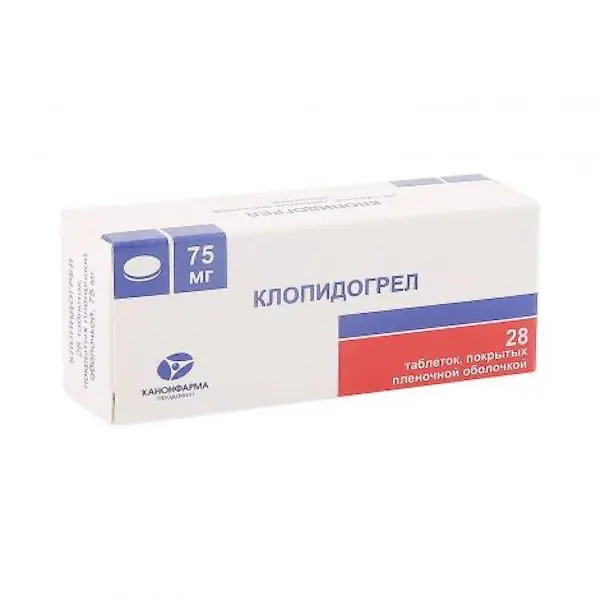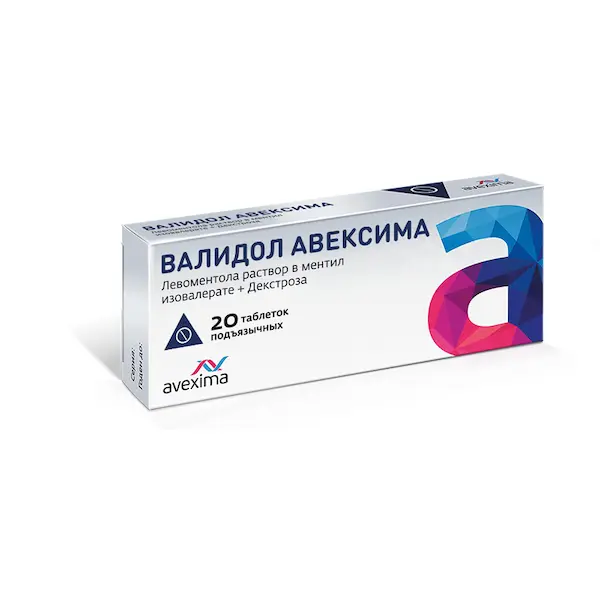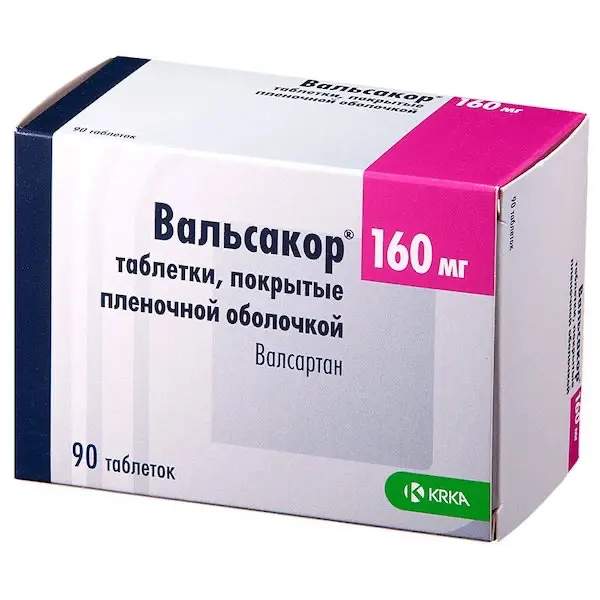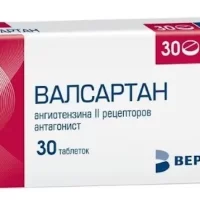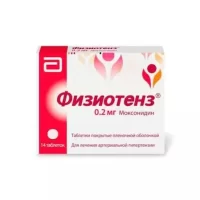Description
Clopidogrel Pharmacodynamics
Clopidogrel (more precisely its active metabolite) selectively inhibits the binding of adenosine diphosphate to platelet adenosine diphosphate receptors and the subsequent activation of glycoprotein Hb/Sha complex by adenosine diphosphate, thus leading to suppression of platelet aggregation.
Clopidogrel inhibits platelet aggregation caused by other agonists by blocking their activation by released adenosine diphosphate. It binds irreversibly to adenosine diphosphate receptors of platelets, which remain immune to adenosine diphosphate stimulation for the life cycle (about 7 days).
When clopidogrel is taken daily at a dose of 75 mg, a significant suppression of adenosine diphosphate-induced platelet aggregation is observed from the first day of administration, which gradually increases over 3-7 days and then comes to a constant level (when the equilibrium state is reached). In the equilibrium state, platelet aggregation is inhibited by an average of 40 – 60%. After stopping clopidogrel administration, platelet aggregation and bleeding time gradually return to the initial level on the average within 5 days.
Indications
Prevention of atherothrombotic complications:
– In adult patients with myocardial infarction (from the first days to day 35 of illness), ischemic stroke (within 7 days to 6 months after stroke), or diagnosed peripheral arterial occlusive disease;
– in adult patients with acute coronary syndrome:
– without ST-segment elevation (unstable angina or myocardial infarction without Q-wave formation), including patients who have had stenting for percutaneous coronary intervention (in combination with acetylsalicylic acid);
– with ST-segment elevation (acute myocardial infarction with ST-segment elevation), with drug treatment and the possibility of thrombolytic therapy (in combination with acetylsalicylic acid).
Prevention of atherothrombotic and thromboembolic complications, including stroke, in atrial fibrillation (atrial fibrillation):
– In adult patients with atrial fibrillation (atrial fibrillation) who have at least one risk factor for vascular complications, cannot take indirect anticoagulants and have a low risk of bleeding (in combination with acetylsalicylic acid).
Contraindications
– Hypersensitivity to clopidogrel or any of the excipients that make up the drug.
– Severe hepatic insufficiency.
– Active bleeding (including bleeding from a peptic ulcer or intracranial hemorrhage).
– Lactose intolerance, lactase deficiency and glucose-galactose malabsorption syndrome.
– Pregnancy and breast-feeding period.
– Childhood under 18 years of age (safety and effectiveness of use have not been established).
Dosage and administration
- Clopidogrel should be taken orally, regardless of meals.
- Adults and elderly patients with normal CYP2C19 isoenzyme activity
Myocardial infarction, ischemic stroke and diagnosed peripheral arterial occlusive disease
The drug is taken at 75 mg once daily. In patients with myocardial infarction, treatment can be started from the first days to day 35 of myocardial infarction, and in patients with ischemic stroke, within 7 days to 6 months after ischemic stroke. - Acute coronary syndrome without ST-segment elevation (unstable angina, myocardial infarction without Q-wave)
- Treatment with clopidogrel should be started with a single loading dose of 300 mg, and then continued with a dose of 75 mg once daily (in combination with acetylsalicylic acid in doses of 75-325 mg per day). Since the use of higher doses of acetylsalicylic acid is associated with an increased risk of bleeding, the recommended dose of acetylsalicylic acid in this indication does not exceed 100 mg. The maximum favorable effect occurs after 3 months of treatment. The optimal duration of treatment for this indication has not been officially determined. The results of clinical studies confirm the appropriateness of clopidogrel up to 12 months after the development of acute coronary syndrome without ST-segment elevation.
- Acute coronary syndrome with ST-segment elevation (acute ST-segment elevation myocardial infarction)
- Clopidogrel is administered as a single dose of 75 mg once daily with an initial single loading dose in combination with acetylsalicylic acid and thrombolytics (or without thrombolytics).
- Combination therapy is started as soon as possible after the onset of symptoms and is continued for at least 4 weeks. In patients older than 75 years, treatment with clopidogrel should be started without its loading dose.
- Atrial fibrillation (atrial fibrillation)
The drug is prescribed in a dose of 75 mg once a day. In combination with clopidogrel the therapy should be started and then continued with acetylsalicylic acid in a dose of 75-100 mg per day. - Skipping another dose
– If less than 12 hours have passed since the missed dose, the missed dose should be taken immediately, and the next doses should be taken at the usual time;
– If more than 12 hours have elapsed since the last dose, take the next dose at the usual time (do not take a double dose). - Adults and elderly patients with genetically determined reduced CYP2C19 isoenzyme activity
- Low CYP2C19 isoenzyme activity is associated with decreased antiaggregant effect of clopidogrel. The use of the drug in higher doses (loading dose of 600 mg, then 150 mg once daily) in patients with low CYP2C19 isoenzyme activity leads to increased antiplatelet action of clopidogrel. However, the optimal dosing regimen of clopidogrel in patients with decreased metabolism due to genetically determined low activity of CYP2C19 isoenzyme has not been established in clinical trials on the study of clinical outcomes.

